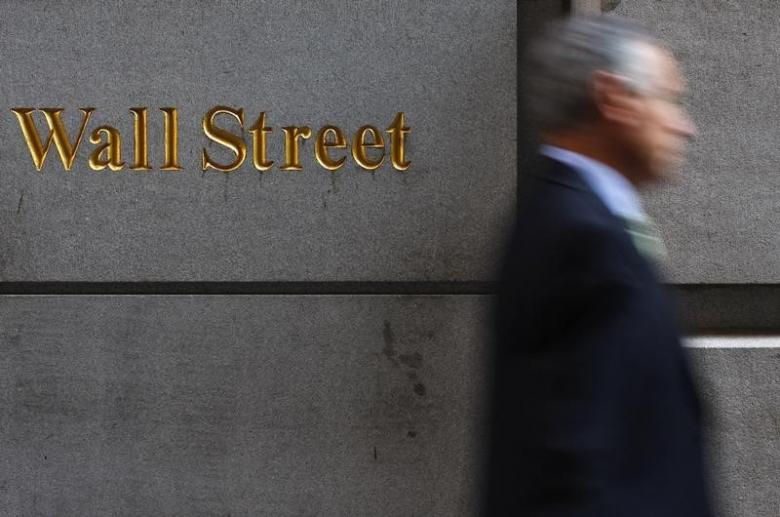London- US economic growth is 30 percent linked to demand, consumption, and foreign investment, while the S&P 500 index, which measures the performance of Wall Street companies, is even more linked to factors abroad thus related to the dollar’s exchange rate against the basket of international currencies.
A report published by S&P Global said that US companies made 43.16 percent of their revenues abroad.
Geographically, US companies made 8.46 percent of the total in Asia, 8.13 percent in Europe (Britain included), 3.3 percent in Canada, 3.97 percent in Africa, 2 percent in the Middle East, and 1.6 percent in South America. The report reviewed budgets of the top 257 companies listed on the S&P 500 index to determine the average correlation of those US companies abroad.
The correlation of US economy to revenue made abroad peaked in 2014, when it reached 47.82%, but it fell slightly as the US economy grew in consequential few years, so US companies benefited from that growth to boost their domestic revenues as Chinese growth slowed down. European revenues of US companies in 2010 to reached about 13.48% of the total, and fell in 2012 to 9.69 %.
Revenue from Britain was 2.39 percent, now only stands for 1.1 percent as Brexit’s ripple effect settled in. It is a challenge for British companies to strengthen their relationship with their US counterpart in order to compensate for a portion of what Europe might lose.
The first indicators for 2017 show that US corporate revenues from abroad are rising for several reasons, most notably that the gap between the growth of the US economy and other major economies is narrowing while emerging economies are accelerating.
According to a Credit Suisse survey, the expectations and views of businesses about the future direction of exchange rates differ sharply.
In the case of the euro, this is not very surprising, as there are important elections and political decisions on the agenda in Europe over the coming weeks and months.
After Brexit, these could put Europe’s cohesion to the test yet again and potentially impact on currency movements.
